The texture of your skin is determined by external factors such as pollution and skin care products, as well as internal factors such as your health and food.
Other changes come about as a result of natural processes, such as ageing. Many individuals have the objective of achieving skin that is silky smooth, luminous, and young in appearance.
The feel of your skin, which may be rough, bumpy, or soft, is the skin’s texture. Many things affect your skin’s surface, such as your genes, how old you are, how much sun you get, and how you live your life.
In this article, we’ll discuss several techniques on how to smooth skin texture on the face that may enhance the texture of your skin and make it smoother.
How To Smooth Skin Texture On Face?
#1. Cleansing
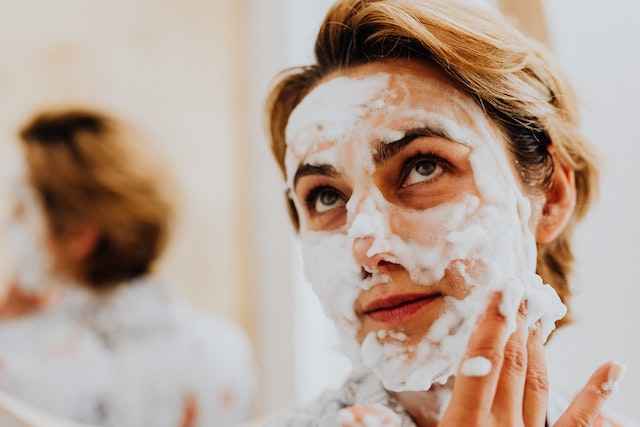
In any practice for caring for one’s skin texture, the first and most essential step is cleansing. Cleaning the skin eliminates dirt, oil, and other impurities, making it possible for subsequent products to enter the skin more deeply and have a more significant impact.
It is crucial to have a mild cleanser formulated specifically for your skin type. It would help if you tried to avoid using solid scrubs and soaps on your skin since doing so might remove the skin’s natural oils and create discomfort.
You should clean your skin twice daily, once in the morning and once in the evening.
#2. Exfoliating
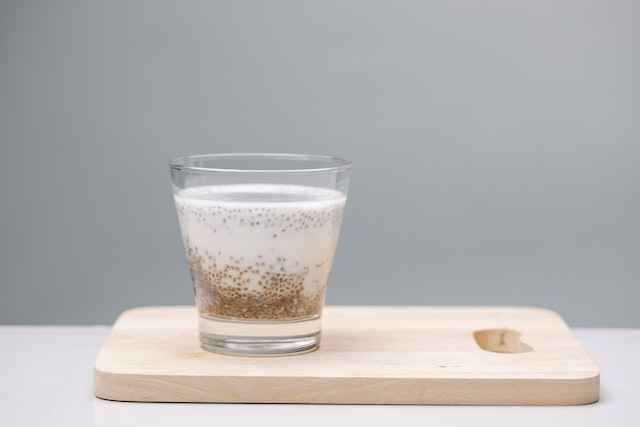
Removing bumpy skin texture on the face, which may accumulate and contribute to the appearance of rough skin texture, is one of the primary purposes of exfoliation.
This may be accomplished either physically, with a scrub, or chemically, with a product containing alpha-hydroxy acid (AHA) or beta-hydroxy acid (BHA).
While you should only do a physical exfoliation once or twice per week, chemical exfoliation may be done more regularly depending on the substance used and how well the skin tolerates it.
#3. Hydrating

Maintaining the right level of moisture is essential for good skin texture. It is possible to enhance the appearance of your uneven skin texture and maintain its hydration level by hydrating it from the inside out.
This may be accomplished by consuming a diet high in fruits and vegetables and drinking enough water.
Applying a moisturizing moisturizer or serum may also help seal in moisture and keep skin feeling smooth and silky. This is an essential step in maintaining bumpy skin texture on the face.
#4. Shade from the Sun

Damage to the skin, which may lead to a rough and uneven appearance, can be caused by prolonged exposure to the sun’s ultraviolet radiation (UV).
Even on overcast days, it is essential to use a broad-spectrum sunscreen with an SPF of at least 30 since this will help protect your skin from the damaging effects of the sun. It will help if you reapply sunscreen every two hours after exercising or swimming.
#5. Treating Underlying Skin Conditions

Several skin diseases, including acne, rosacea, and eczema, may cause rough skin. It is essential to get treatment from a dermatologist to resolve these disorders and assist in improving your skin’s texture.
To help treat these skin textures, your doctor may suggest light therapy, topical lotions, or prescribed drugs.
#6. Using Antioxidants

Antioxidants help prevent the damage that free radicals may cause to the skin. Your skin may seem healthier and younger if you include antioxidants in your skincare regimen. Antioxidants can help enhance uneven skin texture and give it a more youthful appearance.
Some of the most effective anti-ageing antioxidants for the skin are vitamin C, resveratrol, and green tea. Supplements, topical serums, creams, and supplements may contain them.
#7. Microneedling

Microneedling is a minimally invasive skin needling that involves making microscopic punctures in the skin using beautiful needles. This encourages the formation of collagen and elastin, two proteins responsible for the skin’s firmness and suppleness, and it also enhances the skin’s natural healing process.
The look of fine lines and wrinkles, hyperpigmentation, and rough skin texture may all be improved by using micro-needling. The operation may be performed in a dermatologist’s office, which usually takes less than an hour to complete.
#8. Keeping up a Healthy Habitat and Attitude
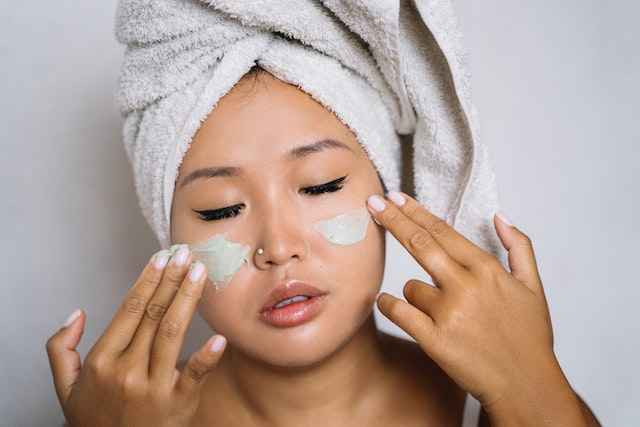
In addition, leading a healthy lifestyle may be a critical factor in improving skin texture. You can improve the health of your skin and the way it looks by getting enough sleep, eating a balanced diet, avoiding smoking and drinking excessive amounts of alcohol, and taking steps to decline stress in life.
#9. Peelings Using Chemicals
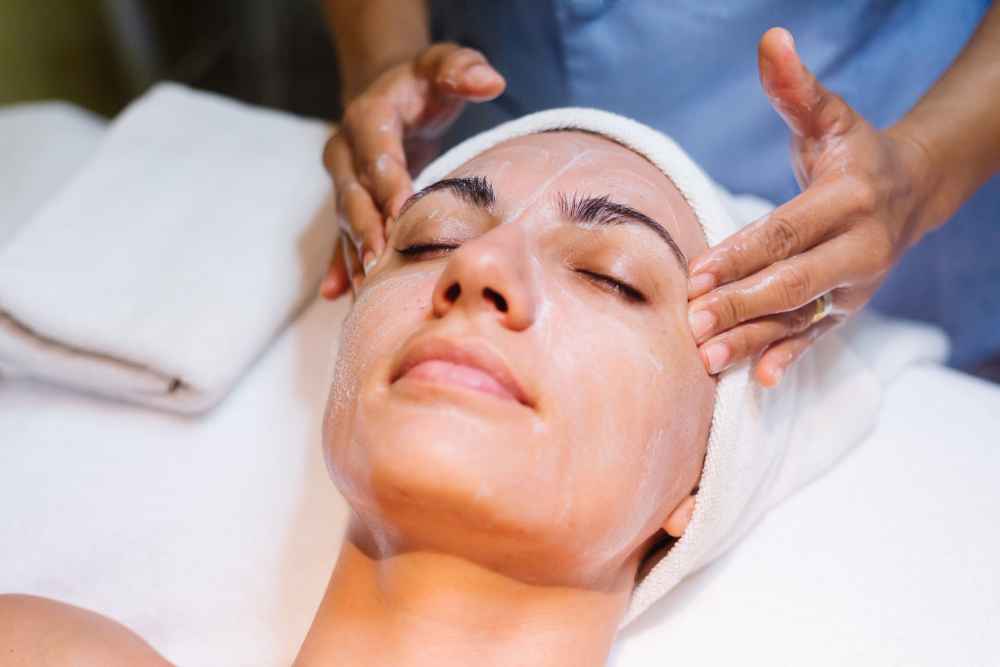
A chemical peel is a form of exfoliation that removes the top layer of dead skin cells from the body by using a chemical solution to exfoliate the skin. The look of fine lines and wrinkles, hyperpigmentation, and rough skin texture may all be improved due to this.
Chemical peels are available in various intensities, from gentle to aggressive, and may be carried out on the skin by an esthetician or a dermatologist.
In the days after a chemical peel, your skin texture may be more sensitive than usual, and your dermatologist may tell you to take extra precautions with your skincare routine.
#10. Therapy using Lasers and Light Sources
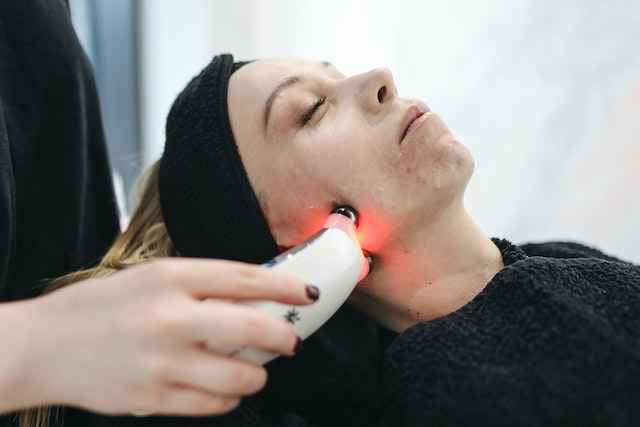
Lasers and light therapy are two methods that may be used to treat a variety of skin textures, including hyperpigmentation, rough skin texture, fine lines and wrinkles, and more.
The use of high laser radiation allows these treatments to target particular skin issues, such as redness, age spots, and damage caused by sun exposure. A dermatologist may do Lasers and light therapy procedures; however, it will likely take numerous sessions to get the desired results.
Home Remedies For Smooth Skin Texture
A hallmark of excellent health and attractiveness is soft and smooth skin. The uneven skin texture may be improved by using various cosmetic treatments; however, many choose to employ home remedies instead since they are more natural, less costly, and more straightforward.
The following are some of the most often-used natural therapies for smoothing the bumpy skin texture on the face:
#1. Coconut Oil
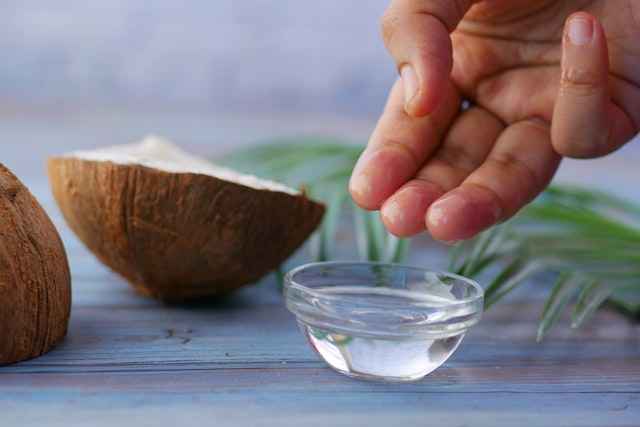
Coconut oil is a natural moisturizer that may assist in hydrating and softening the skin. It also contributes to the overall smoothness of the face. Its oil contains fatty acids that can permeate the skin, improving its texture and providing long-lasting moisture.
To make a home cure out of coconut oil, massage a tiny bit into your skin when it is clean and dry, then wait for it to permeate for several minutes before washing it off.
#2. Avocado
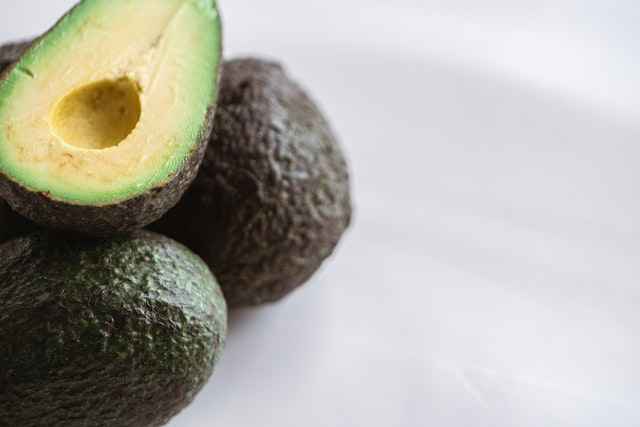
Avocados are an excellent source of healthy fats, antioxidants, and vitamins, which may contribute to improved skin health. It contains fatty acids that help moisturize the skin and enhance its texture.
Avocado also contains antioxidants, which protect the skin from damage caused by free radicals. To make an avocado-based home treatment, mash a ripe avocado and apply the paste to skin that has been well cleaned and dried.
Keep the mask on your face for ten to fifteen minutes before washing it off.
#3. Honey

Honey’s antibacterial and anti-inflammatory characteristics assist in enhancing skin health and minimizing the appearance of acne. It can also help improve overall skin quality.
Honey may be used as a home cure by simply applying a slight coating to the skin that has been well cleaned and dried, then allowing it to remain on the skin for ten to fifteen minutes before washing it off.
#4. Aloe Vera
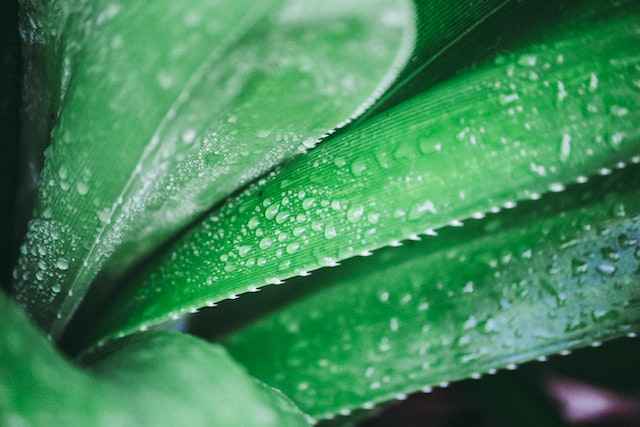
In addition to helping to moisturize and calm the skin, aloe vera is a natural moisturizer that may be used. To improve skin texture health and minimize the look of acne, aloe vera’s anti-inflammatory and antibacterial characteristics may also assist in preventing the formation of acne.
Applying the gel extracted from a fresh aloe vera leaf to skin that has been well cleaned and dried is all required to use aloe vera as a home cure. Keep it on for ten to fifteen minutes before washing it off.
#5. Yoghurt

Lactic acid is an alpha-hydroxy acid (AHA) that may aid in the exfoliation of the skin and the improvement of its texture. Yoghurt is a natural source of lactic acid, which can be found in high concentrations.
Yogurt’s probiotics may also help improve bumpy skin texture on the face and lessen the appearance of acne by eating yoghurt regularly.
To make yoghurt into a home treatment, apply a skinny coating to the skin that has been well cleaned and dried, then wait ten to fifteen minutes before washing it off.
Final Words!
The appearance of creases, wrinkles, and other skin lines is a natural process that occurs over time and often becomes more pronounced with advancing age. Even though there is no shame in having them, some individuals want to keep their smooth skin texture for as long as possible.
You can keep your skin smooth by making certain adjustments to your lifestyle and by maintaining a treatment regimen at home or in a professional setting.
